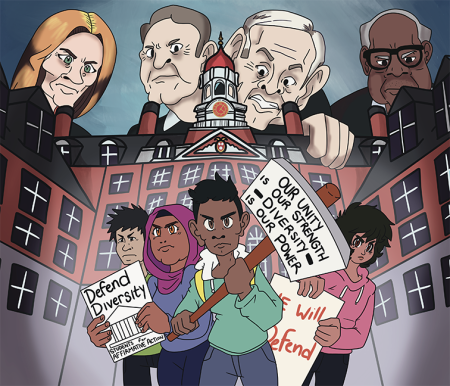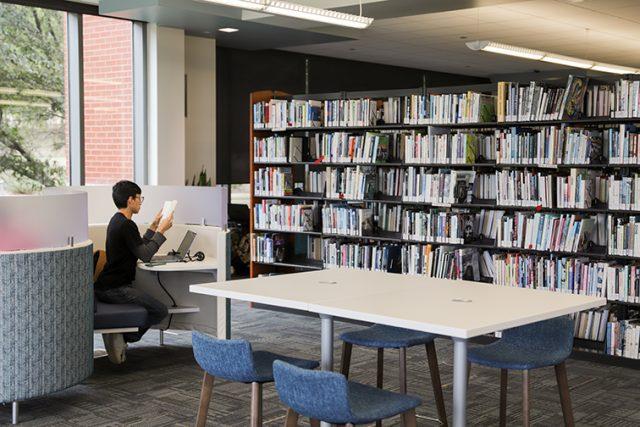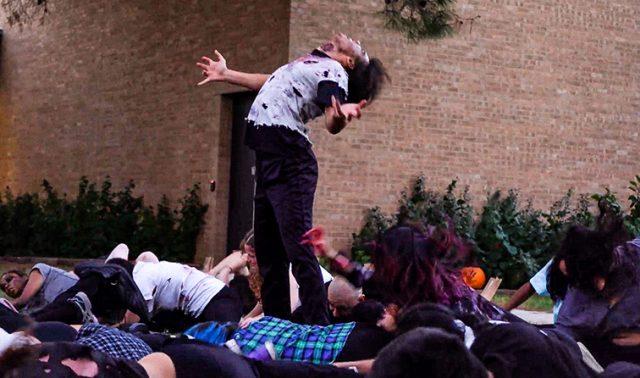
The supreme court is on the verge of making a horrible mistake by eradicating affirmative action from college admissions.
For years, universities have had the struggle of finding ways to increase diversity on college campuses, and in recent years the implementation of affirmative action has looked to be the best solution.
The issue of diversity in schools can be traced back well before the 1950s, and the solution of affirmative action was introduced in the early ‘60s. The concept is that people of color and women would be given equal opportunities in education and employment settings where they might have previously been overlooked, basically having a quota dedicated to them that needed to be filled for an institution to be considered “diverse.”
The concept of affirmative action has many pros and cons, but the root of it is based on a need created by a rotting system. For many people of color all over the country, and the world for that matter, the opportunity to create a shining college application is just not a reality. There will always be people who believe that hard work and determination alone will cut it, but that just isn’t the truth of the matter.
In communities where the cycle of poverty is all that is seen and known, the thought of padding a resume with extracurriculars and AP classes isn’t a concept that is common.
Affirmative action ensured there was a way to end the cycle and give everyone a chance. But many people have come to look at affirmative action as a temporary solution to an ever-growing problem.
Creating diversity in educational spaces is incredibly important but for some, the idea of filling a quota in the name of diversity can feel artificial in a sense. But within that perspective, we have to think about fixing the system that created that need.
Truthfully, if there was room for people of color and women in every institution, the need for affirmative action wouldn’t exist. The only reason it does is that historically the sole reason of being a person of color was enough to be overlooked.
When there is a situation of years and years of no diversity and then all of a sudden there’s a certain percentage of it that must be reached, of course, in a sense it will feel forced or for show.
It’s practically impossible at this point to go onto a college website without seeing a quintessentially staged photo of a diverse group of students sitting together in a courtyard.
As frustrating as it can seem sometimes, the sad reality is that the state of the world won’t allow diversity to occur naturally at the moment. To try and create diversity in a more “natural” way requires rebuilding a broken system from the ground up.
And while working on that, it is more important than ever to have opportunities available nonetheless for people who would otherwise not have them at all.
Affirmative action, even with its issues, is the only solution that ensures that diversity of some form be a part of professional institutions. Giving opportunities to those who need them, and providing an environment with students from all backgrounds and walks of life to come together.
Every person regardless of their background, upbringing and ethnicity deserves to have access to higher education. Does that begin with the rebuilding of a centuries-old social structure in our communities? Yes, it does.
But it also begins with creating space for everyone. The Supreme Court should not take that away.
































